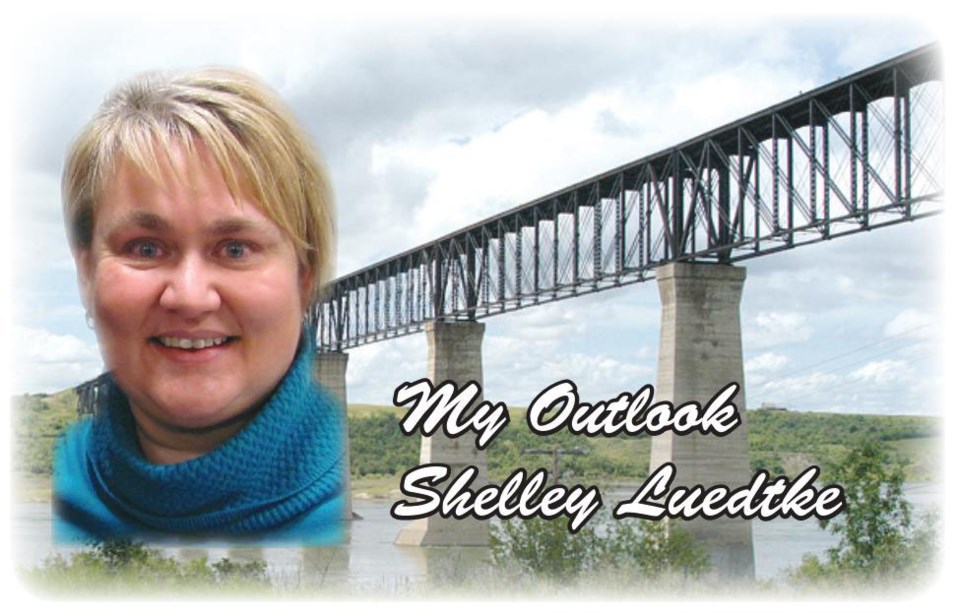We were in a large city last summer standing on a bridge overlooking the finish line of a triathlon. We didn’t know anyone there but it was easy to get swept up in the excitement of cheering on people we’d never met.
It reminded me of the day we were touring some botanical gardens. While walking through the rose garden we encountered a man down on one knee holding up a ring box in front of a women clutching her hands in obvious excitement. We didn't know them, yet all those in the rose garden got caught up in the beauty of the moment and joined in applause. Perhaps they weren't nice people. We had no way of knowing. But the moment caused a celebration amongst strangers.
We are all very different people and we experience and interpret things differently, yet there are times that shared knowledge allows us to construe events in a similar manner. We have an understanding in common as to what behaviors are distinct to a football game as opposed to a funeral, or a cafeteria versus a meeting because we have history and understanding to bring to the situation, even though we may not know anyone in the room.
But sometimes those experiences we share together can be engineered. Dare I say manipulated? And it makes me wonder how much time we spend reacting to a situation instead of truly assessing it.
Remember a time when a standing ovation was a rare thing? It meant something was truly outstanding and worthy of more than what our applause could communicate. But now, even at less than stellar performances it is anticipated.
Standing ovations have become such an expected end to any performance, some places even stage manage them to ensure they happen. By placing pre-selected individuals in certain places and having them rise to their feet the chances are very good most of audience will join in. It has been carefully studied. The size and shape of the venue impact the number of people required and where their ideal placement should be. Behavioral scientists suggest that if one-fifth of the audience rises you can expect the entire house to join them.
Political rallies and motivational events often employ the same techniques hoping that even the most reluctant or undecided attendee will be swept up in the excitement of the moment and be convinced of the quality of the candidate, the new initiatives or the potential of the programs. If everyone around us is pumped up and exuberant, we are more likely to become persuaded.
But if it is all so carefully managed, even choreographed, how authentic is it? Doesn’t it devalue the whole thing? I want singers/artists/speakers/ to know that they moved and inspired me and not that a critical mass of one-fifth was met and we responded to the pressure—instead of the performance.
Too often that is what we do. We respond in the way others do, rather than in a manner that is reflective of having given it more thought on our own.
We have seen how quickly some jump to attack or defend people in situations they know little about. Consider the latest celebrity or politician who made some ill-advised comment, and you can see how easily it spirals. It matters little if all the details are known or even…true. Once the ball gets rolling it becomes quite the force that many get caught up in.
But what if the pressure came in the form of positively affecting the lives of others? While it is easy to become discouraged by the size and complexity of problems we may be facing, if it indeed takes just one-fifth of a group to get things moving in a particular direction it means big things can happen at the impetus of smaller gestures. We can be the one in five. Once things get rolling others will respond and add to the wave.
One person can begin an ovation that can move through an auditorium. That same person can start a movement that can sweep an entire nation. It may be easier than we think to get people on their feet and ready to roll. That’s my outlook.




